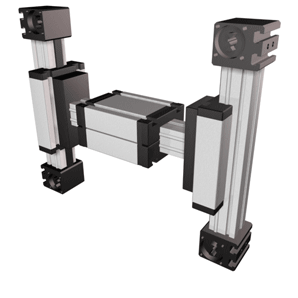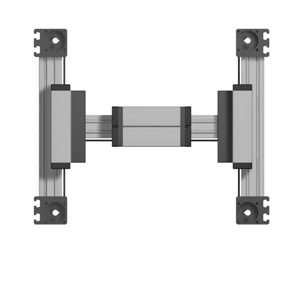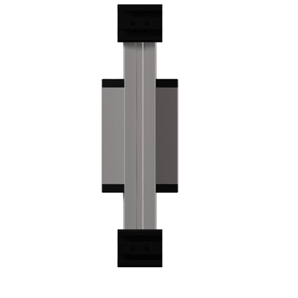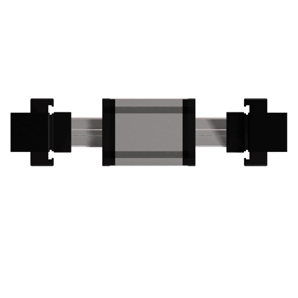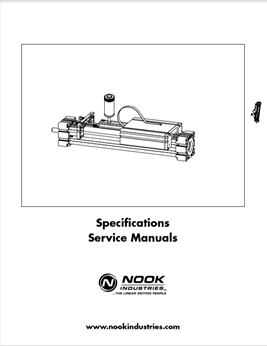ELZU 60 X-Axis WAC
Modular Linear Actuator, External Roller Bearing Guided, External Belt Driven, Model ELZU, X-Axis Wrap Around Carriage, 60
Read More
Product Specifications
Product Specifications
Configure

Product Specifications
Details
- Size:
- 60
- Belt:
- 5M25
- mm/Rev:
- 130
- Number of Teeth:
- 26
Dimensions
- Basic length Lx [mm]:
- 442
- Basic length Ly [mm]:
- 330
- A [mm]:
- 144
- B [mm]:
- 96
- C [mm]:
- 80
- D [mm]:
- 47
- E [mm]:
- 30
- F [mm]:
- 42
- G [mm]:
- -
- H [mm]:
- -
- I [mm]:
- 33
- J [mm]:
- 82
- K [mm]:
- 90
- MM:
- -
- N:
- M8
- OO:
- M8
- P [mm]:
- 59
- Qx [mm]:
- 184
- Qy [mm]:
- 208
- T:
- M6
- V [mm]:
- 123
- X [mm]:
- 26
- Y [mm]:
- 26
- Shaft Diameter and Length [mm]:
- 14 x 35
- Key:
- 5x5x28
Speed
- Speed Maximum [m/s]:
- 5
Forces and Torques
- No-load torque [Nm]:
- 1.2
- Tensile force 0.2 sec [N]:
- 1000
- Tensile force permanent [N]:
- 900
- Fx dynamic [N]:
- 800
- Fy dynamic [N]:
- 2000
- Fz dynamic [N]:
- 1100
- Mx dynamic [Nm]:
- 43
- My dynamic [Nm]:
- 70
- Mz dynamic [Nm]:
- 100
- Fx static [N]:
- 894
- Fy static [N]:
- 3000
- Fz static [N]:
- 1700
- Mx static [Nm]:
- 67
- My static [Nm]:
- 90
- Mz static [Nm]:
- 120
Geometrical moments of inertia of aluminum profile
- Elastic modulus [N/mm2]:
- 70000
- lx [mm4]:
- 679000
- ly [mm4]:
- 697000
Weight
- Additional Weight per 100 mm [kg]:
- 0.62
- Basic Weight [kg]:
- 14.7
Values for Calulating Inertias
- Pulley Material:
- Steel
- Pulley Diameter [mm]:
- 41.38
- Effective Pulley Width [mm]:
- 80.0
- Belt Weight [kg/m]:
- 0.123
- Standard Carriage Weight X Axis [kg]:
- 3.13
- Standard Carriage Weight Y Axis [kg]:
- 1.57
- No-load torque [Nm]:
- 0.6
- Friction Coefficient:
- 0.01
More Details
The carriage is driven by an external linear belt that can be adjusted to reduce lash and is driven along the external roller bearings. The pulleys have maintenance-free ball bearings. Belt tension can be readjusted by a simple screw adjustment device in the carriage.
The ELZU consisting of two Y-axes and single X-axis, driven by one rotating belt. This belt runs around different deflection pulleys. Positioning is achieved by two motors. The coordinate is diagonal to the deflection points of the Y-axis. Advantage: A smaller amount of inertia is needed, thus enabling high accelerations to be achieved.

